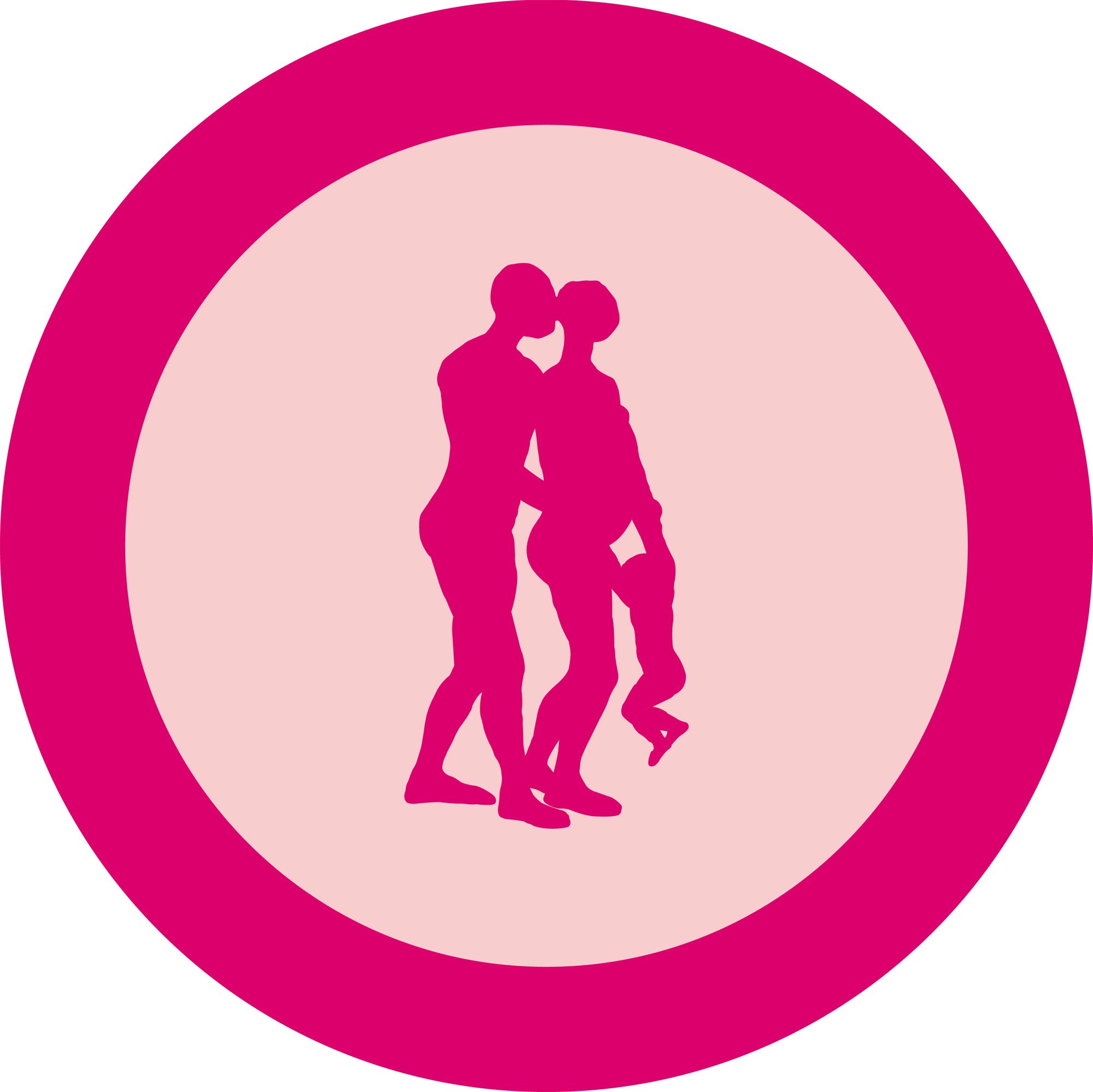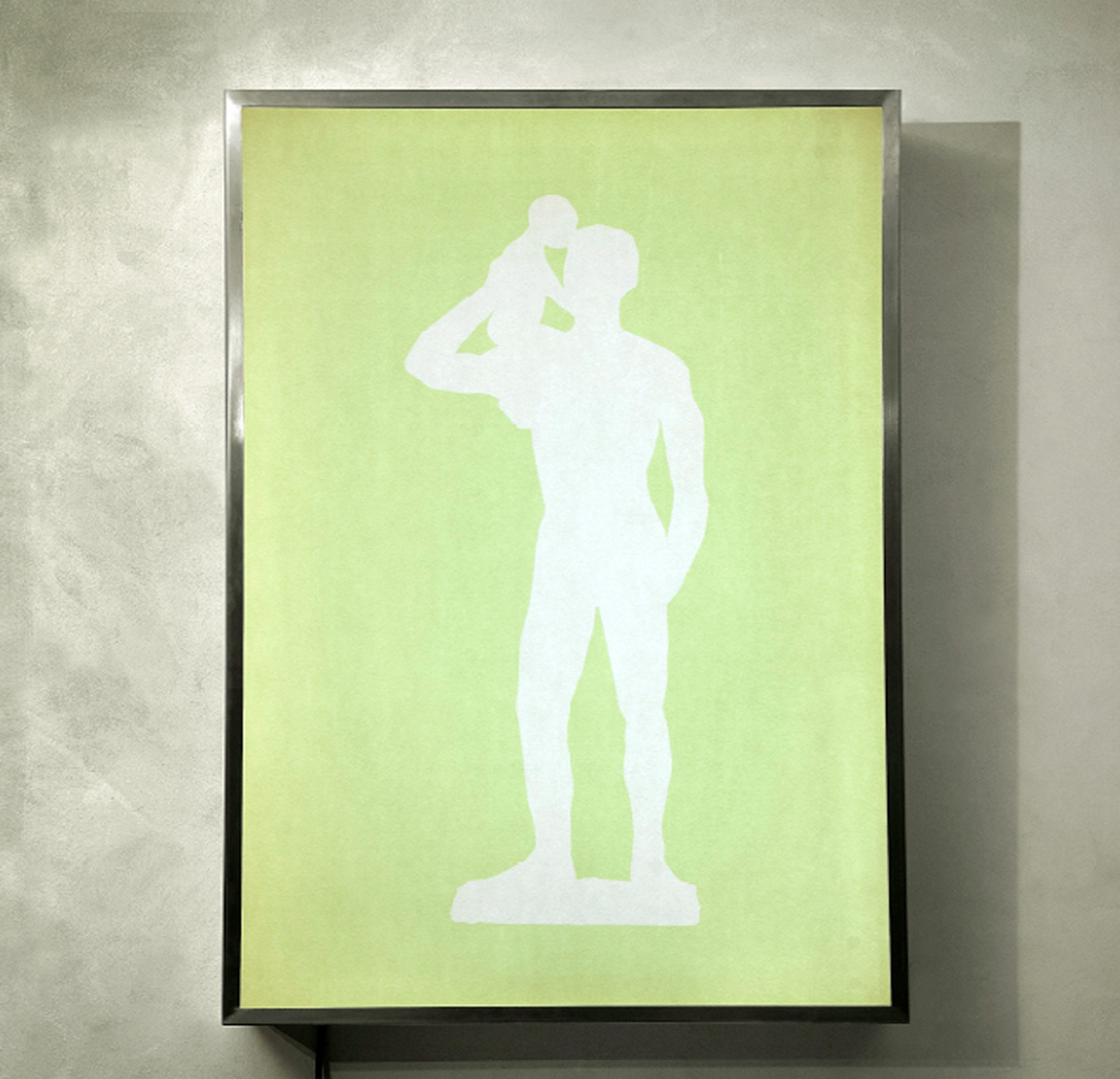Owanto
‘the memory lighthouse’
Maior Gallery – Palma
‘Owanto’s work gathers the spirit and vitality of women as the centre of nature and time, a lost poem, the ingenuity and utopia of a dream, because just like Luther King, she also has a dream. She builds images that question eternal doubts, and maybe therefore seem unnecessary or characteristic of a youth that is still learning. Where are we going? Asks the artist. Maybe that royal we suggests that point of good and naïve intentions, but at the same time it is evident that Owanto places on the table clear and risky answers that are of universal dimension, and therefore we discover the result of deep internal reflections, of the evidence of human values that can be used to build a more charitable and therefore better world.
Owanto’s looking back to the Africa of her infancy, is in no way a similar experience to that of the travelling novelists from the 19th century, or explorers, and is of course worlds apart from the aesthetic look of rationalist architects or cubist painters. Her position attracts the world’s attention based on vital experience. Her input is not scientific, economic or technical, rather it is ethical. And for sure the combination of both needs will be the path to progress. The ideas, principles, and the foundations upon which Owanto builds her message are simple as nature itself. There is an animist origin in this option that anchors its roots in the deepest part of the spirituality of her Gabonese mother’s ancestors. Her ideas of change, of codification as the world as it is, have family unity as a starting point and the strength of family relationships as the best laboratory for designing and building love, a raw material that is vital for the world to come to understand itself. And in that laboratory, the mother, the woman is a symbol of unity and courage. She is the metaphor of power and strength and also of the home that, in a better world, is possible if each individual starts by influencing and changing their nearest circles, their family, their tribe and their society.
Owanto has used findings in pop art, from the conceptual and the minimal, to elaborate a style of simple symbols of universal interpretation, not to discover but rather to remind the viewer where the solutions can lay and how a society with little moral strength can begin to heal. Taking as a starting point her sculptures, Owanto has completed some very schematic icons that she presents in formats that are clearly technical and industrial, like light boxes and traffic signs, an artistic resource used by artists such as Maurizio Cattelan, Rogelio López Cuenca, Gabriel Acuña or Michael Pinsky.
Owanto’s artistic discourse centres on images that represent the family nucleus (mother, father and child) and a child playing as simile of the world’s happiness that is still to arrive. The signs have a double meaning, on the one hand to warn about the keys and the solutions…and on the other, to direct a change in direction for the regulations that control this world. The light boxes have, as a flame or lighthouse, the job of illuminating the way towards a future that is marked by tolerance, solidarity, hope and happiness.’
Excerpt from the text ‘Owanto, the memory lighthouse’ by Fernando Francés for the Venice Biennial.
British-Gabonese artist.
Owanto grew up in Gabon, where she spent her formative years, and eventually moved to Europe. The artist uses a multidisciplinary approach in her creative process and works across a variety of media, including painting, sculpture, photography, video, installation and performance.

